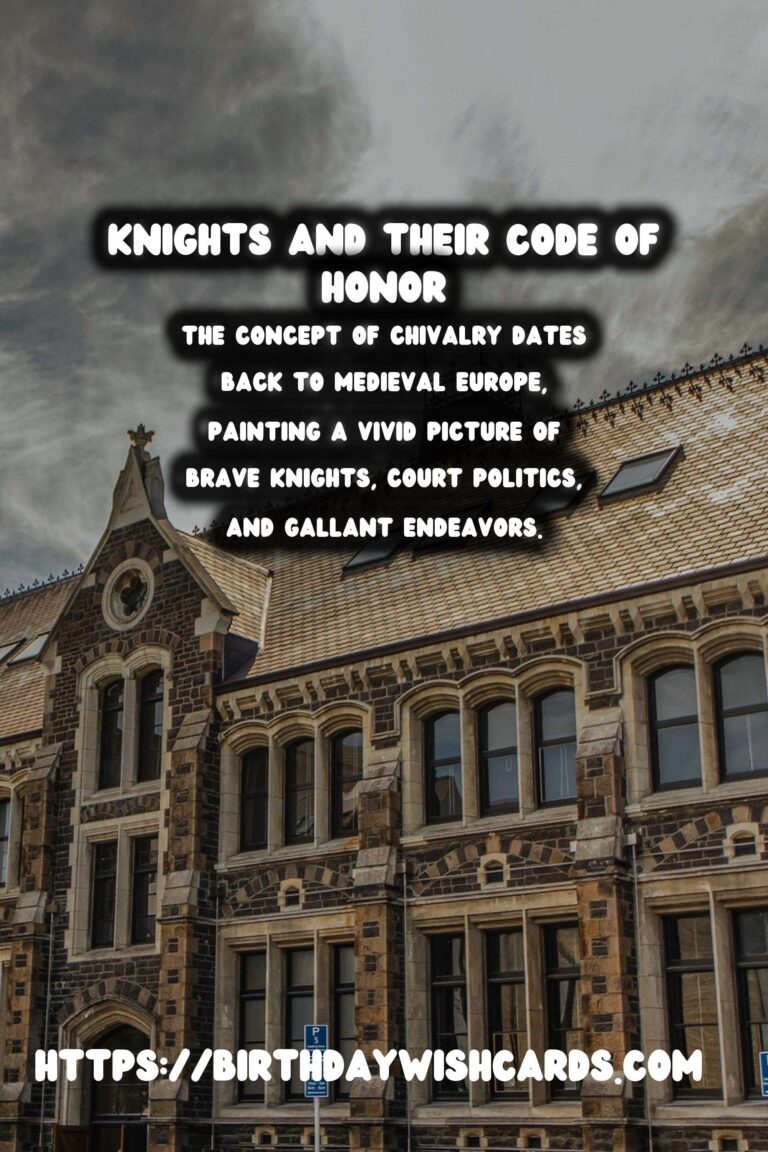
The concept of chivalry dates back to medieval Europe, painting a vivid picture of brave knights, court politics, and gallant endeavors. It refers to the moral and social codes that governed the behavior of knights, focusing on honor, bravery, and respect. The word ‘chivalry’ itself is derived from the Old French term ‘chevalerie,’ meaning horse soldiery. This invokes images of armored knights mounted on steeds, ready to protect kingdoms and serve noble causes.
The Origins of Chivalry
The code of chivalry originated during the early Middle Ages, as a way to standardize the conduct of knights. It was initially influenced by military requirements and the needs of feudal society. European knights adhered to this code, driven by a commitment to uphold their duties with honor. However, chivalry evolved over time, absorbing religious and cultural influences from the crusades and societal interactions.
Religious Influence and the Knightly Code
The rise of Christianity played a significant role in shaping the code of chivalry. Knights were expected to defend the church, respect religious figures, and fight for pious causes. This religious influence emphasized virtues like humility, mercy, and charity, encouraging knights to lead lives aligned with Christian values. The combination of martial prowess and moral principles created the archetype of the ideal knight—noble and righteous.
Chivalric Literature and Romance
Chivalry gave rise to a substantial body of literature that immortalized the romantic and heroic depictions of knights. Legendary texts such as ‘Le Morte d’Arthur,’ by Sir Thomas Malory, capture the essence of chivalric adventures and the quest for honor. These tales often revolved around noble exploits, courtly love, and the relentless pursuit of justice, infusing the chivalric code with an element of romance.
The Role of Women in Chivalric Code
Women played a pivotal role in the culture of chivalry, often portrayed as the guiding lights of noble pursuits. The notion of courtly love, a cornerstone of chivalric literature, celebrated the admiration of ladies as muses of virtue and inspiration. Knights were bound by their code to honor and protect women, simultaneously contributing to the idealized perception of ladies while reinforcing gender roles that emphasized submission and purity.
The Decline of Chivalry
As Europe transitioned from the medieval to the early modern era, the code of chivalry began to wane. Societal shifts, the advent of new weaponry, and the rise of standing armies made the traditional knights and their mounted warfare obsolete. However, the ideals of chivalry continued to inspire literary works and have influenced modern concepts of honor and gentlemanly conduct in the contemporary world.
Legacy and Modern Interpretation
The legacy of chivalry endures, reflective in the ethical standards and moral aspirations of contemporary society. While the medieval knight is a thing of the past, the virtues such as integrity, bravery, and fairness remain relevant. Modern interpretations of chivalry adapt these values to fit the challenges of current times, encouraging individuals to aspire to conduct that is ethically sound and socially responsible.
Therefore, the history of chivalry is not just a tale of knights and their code; it is a rich legacy that transcends time, reminding us of our capacity for honor and virtue amidst evolving societal norms.
The concept of chivalry dates back to medieval Europe, painting a vivid picture of brave knights, court politics, and gallant endeavors. Chivalry gave rise to a substantial body of literature that immortalized the romantic and heroic depictions of knights. 
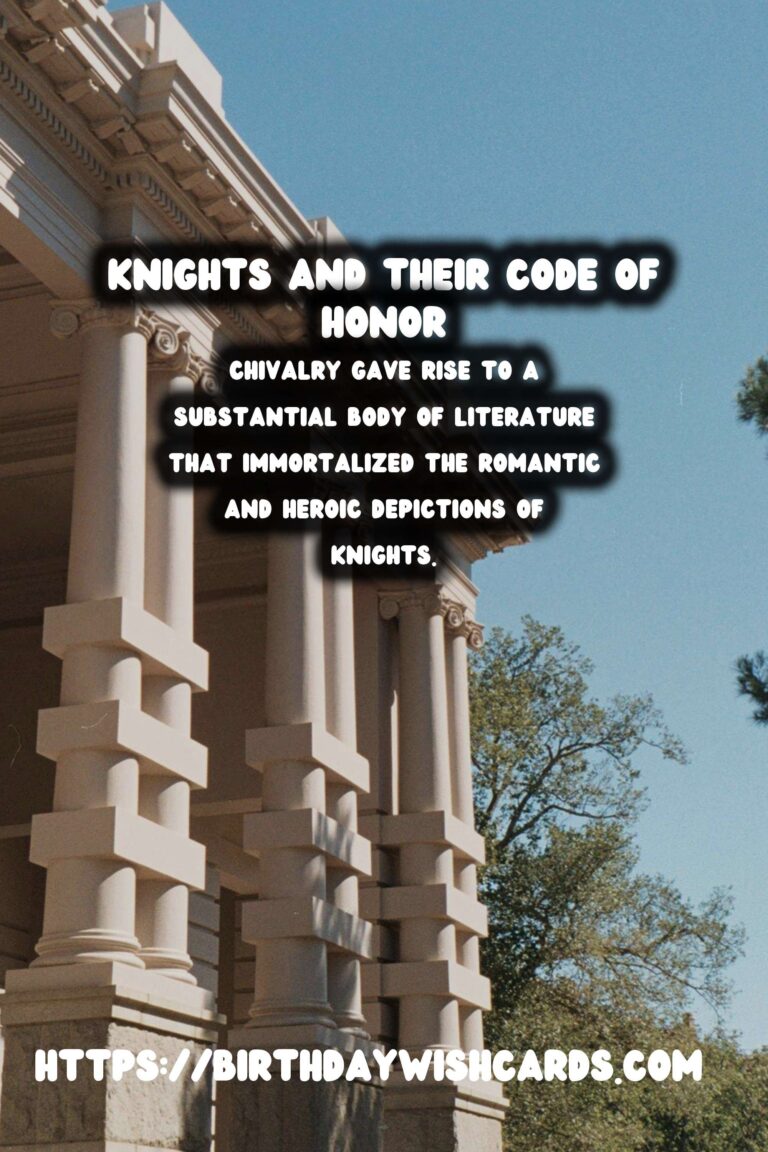
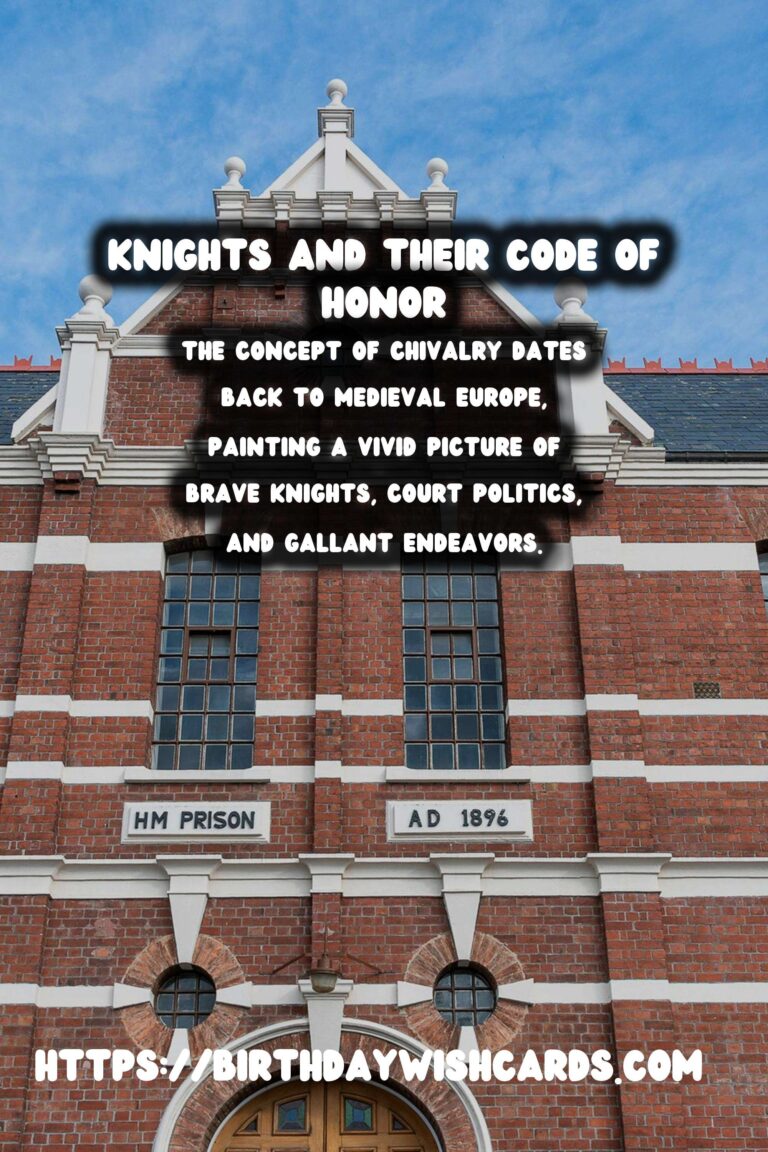
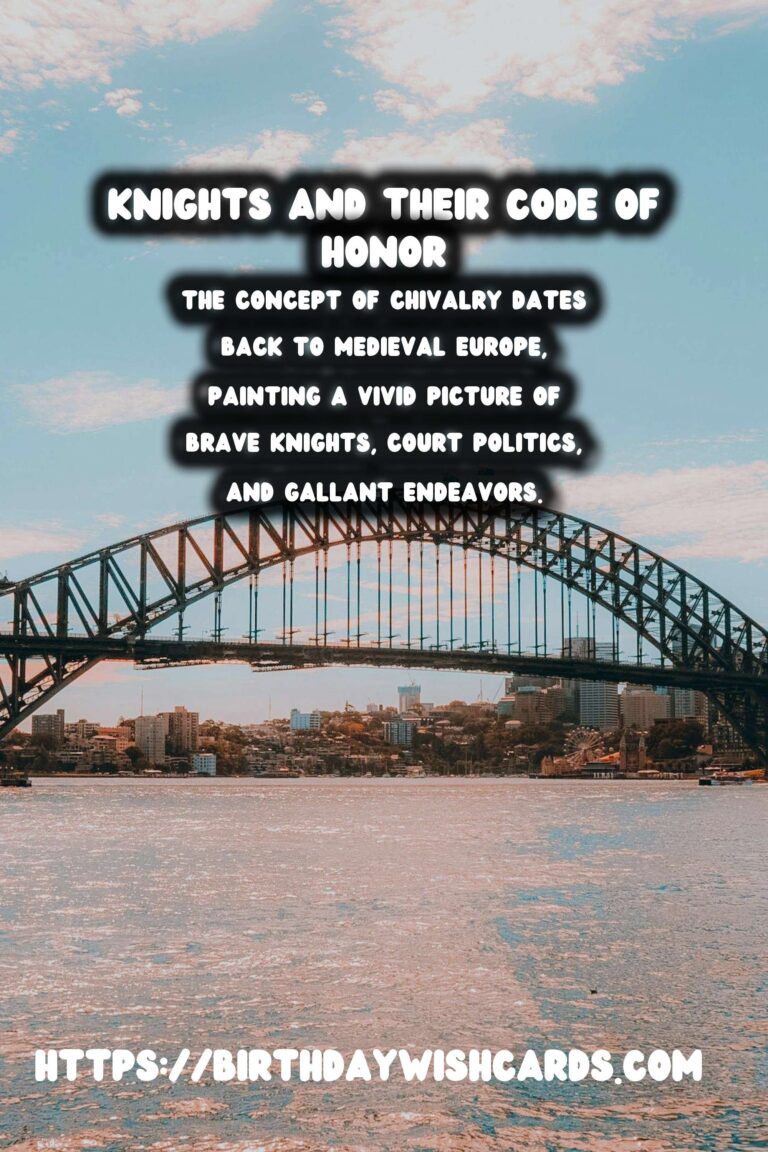
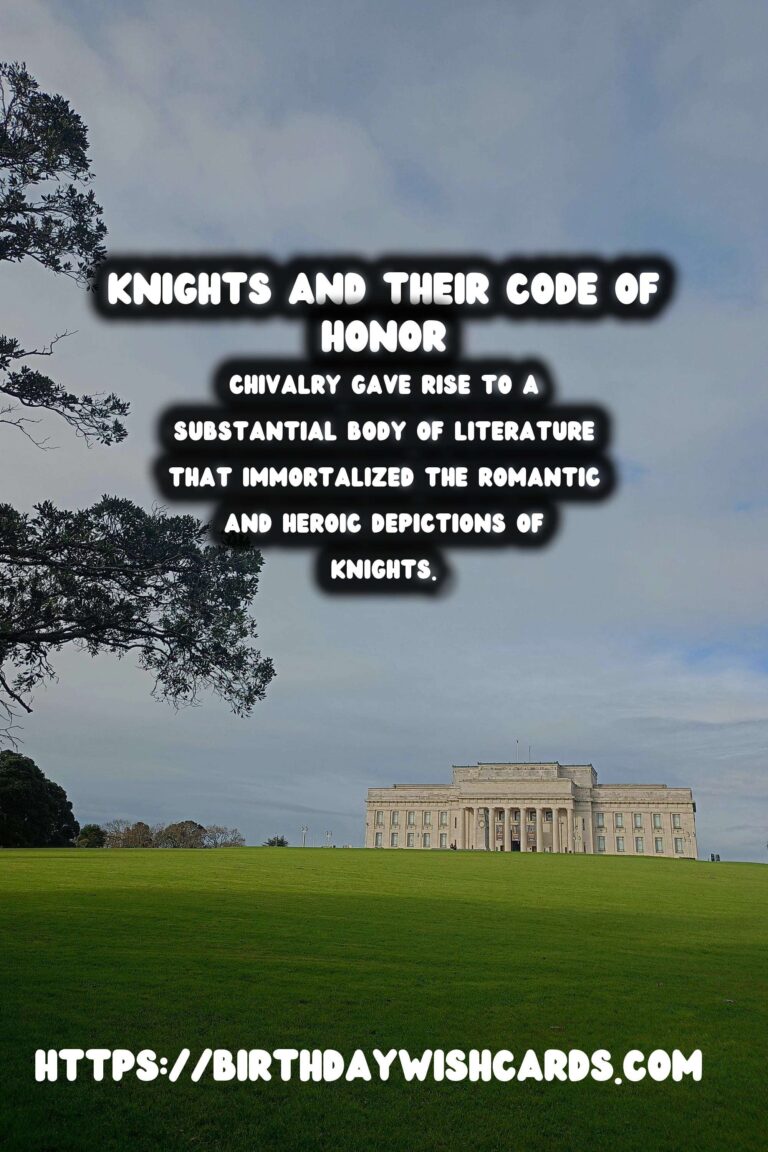
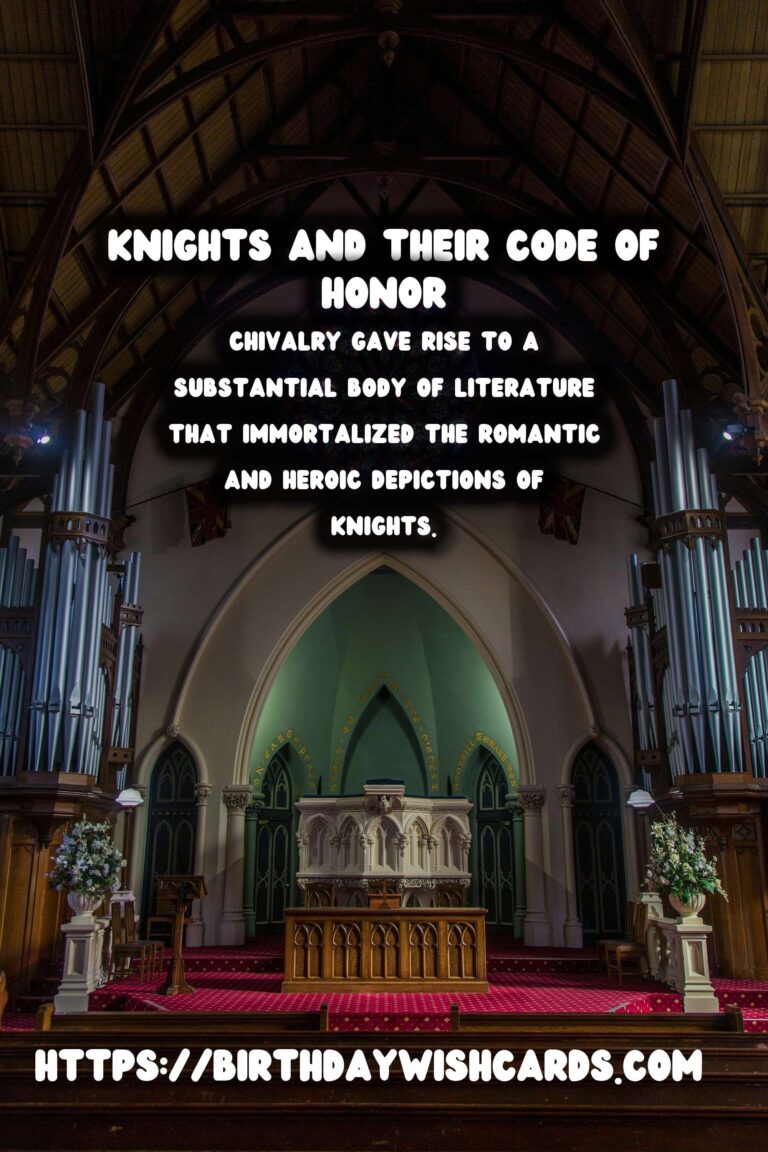
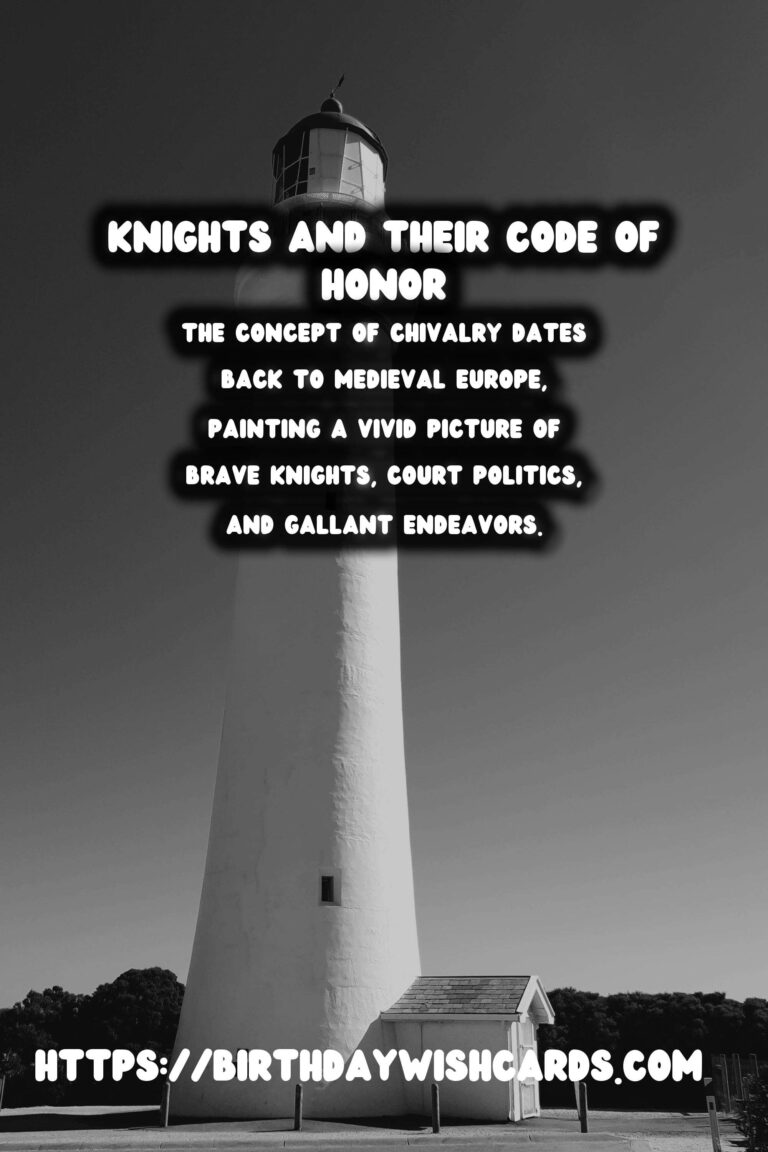
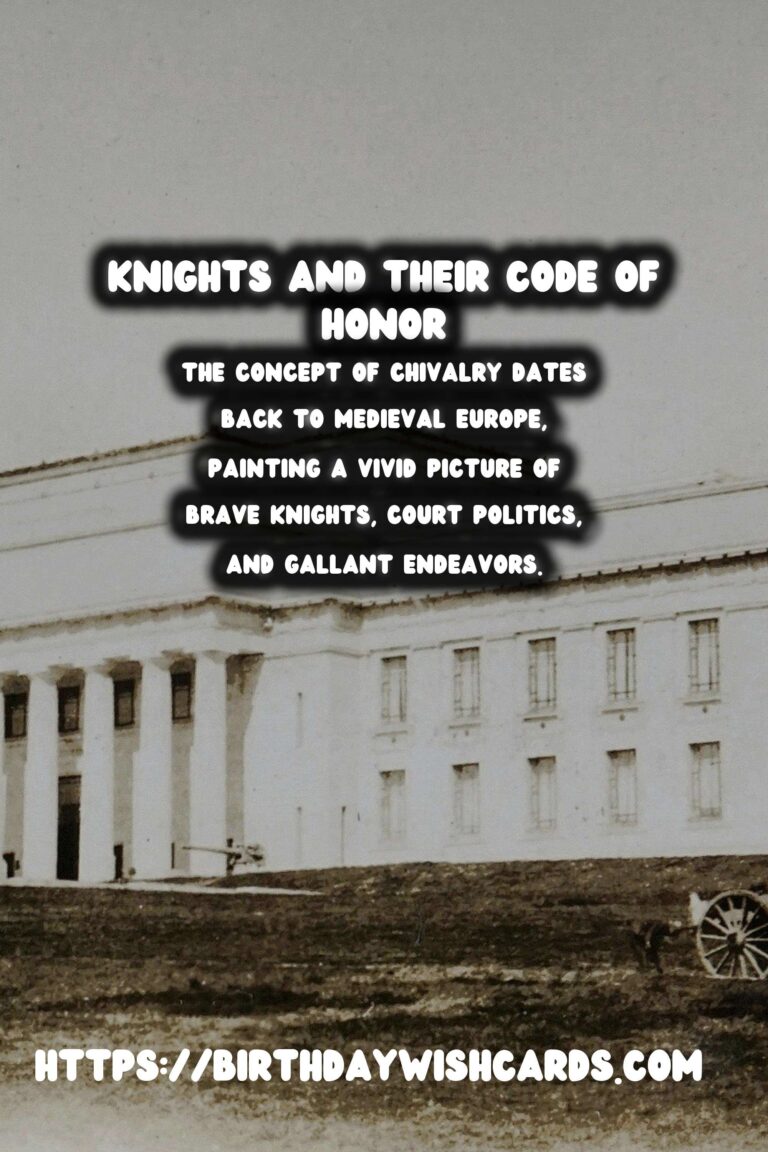

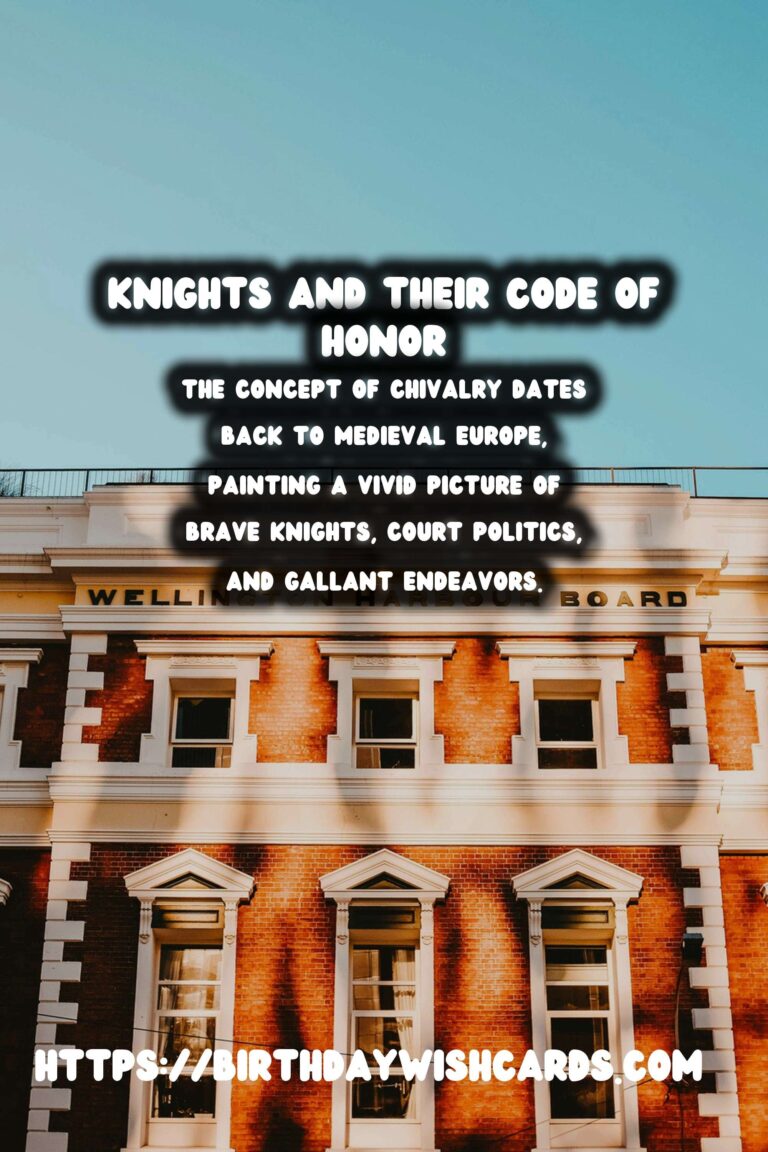
#chivalry #knights




